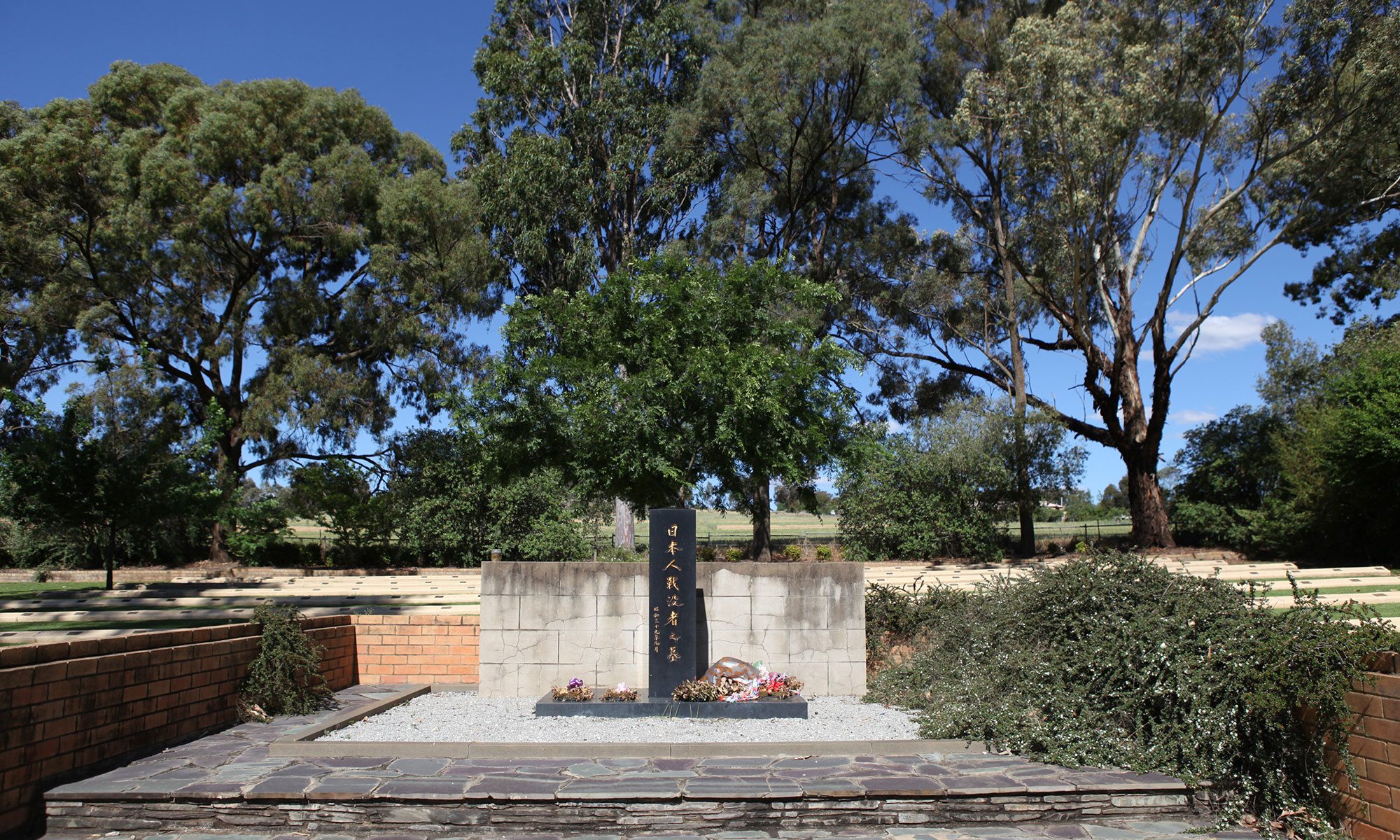The Cowra Japanese War Cemetery database was constructed using publicly available records, mainly from Australian public institutions such as the National Archives of Australia (NAA) and the Australian War Memorial (AWM). When other sources are cited, their references are mentioned in the extra information section of each individual record.
The database records are mostly sourced from the MP1103/1 series (“Registers containing ‘Service and Casualty’ forms [Form A112] of enemy prisoners of war and internees held in camps in Australia”) and the MP1103/2 series (“Dossiers containing reports on internees and prisoners of war held in Australian camps”); both series are held by the NAA. MP1103/1 files provide information on identities of internees and POWs as well as their movements during their incarceration, including their hospitalisations and causes of death. MP1103/2 files are dossiers which were generated when internees and POWs came under the control of Australian authorities. The dossiers contain information on their identities, family background, health conditions and personal possessions. All the files of MP1103/1 and MP1103/2 series are digitised and available through the NAA website.
Digitised NAA records can be viewed by visiting the NAA website and going through the following steps:
- Click SEARCH THE COLLECTION.
- Click Record Search.
- Choose the Name Search tab.
- Insert family name and given names of the person and select “Security and Intelligence records” for the category of records.
- Click Search and a list is displayed.
- Select the records which contain relevant information.
- Click digitised item icons to view images of the documents.
Some prisoner of war records in the database have summaries of Allied Translator and Interpreter Section (ATIS) interrogation reports attached. ATIS was formed in September 1942 by a directive from the General Headquarters South-West Pacific Area. ATIS provided intelligence support to the Allied countries, such as administration of captured documents, translation and dissemination of intelligence material, and the examination and transfer of prisoners of war. After arriving in Australia, Japanese POWs were sent to Gaythorne Camp in Brisbane to be interrogated by ATIS officers. Their interrogation reports have been matched with either names or identification numbers of those who are buried in Cowra. The ATIS publications are in the AWM55 Series at the Australian War Memorial in print form. The summaries were produced by the Australia-Japan Research Project in 2009.
William Appleton published a guidebook to the Cowra Japanese War Cemetery, Rikai means understanding: a guide to the Japanese War Cemetery, in 1998 and this booklet is a valuable resource for the cemetery. The guidebook provides comprehensive information on the airmen’s graves, which was incorporated into the database. We adopted the grave plotting system in Rikai (p.11) as it is easier to figure out the cemetery layout with it than it is using the Office of Australian War Grave plotting system. The guidebook is available at the Cowra Visitor Information Centre for purchase.
